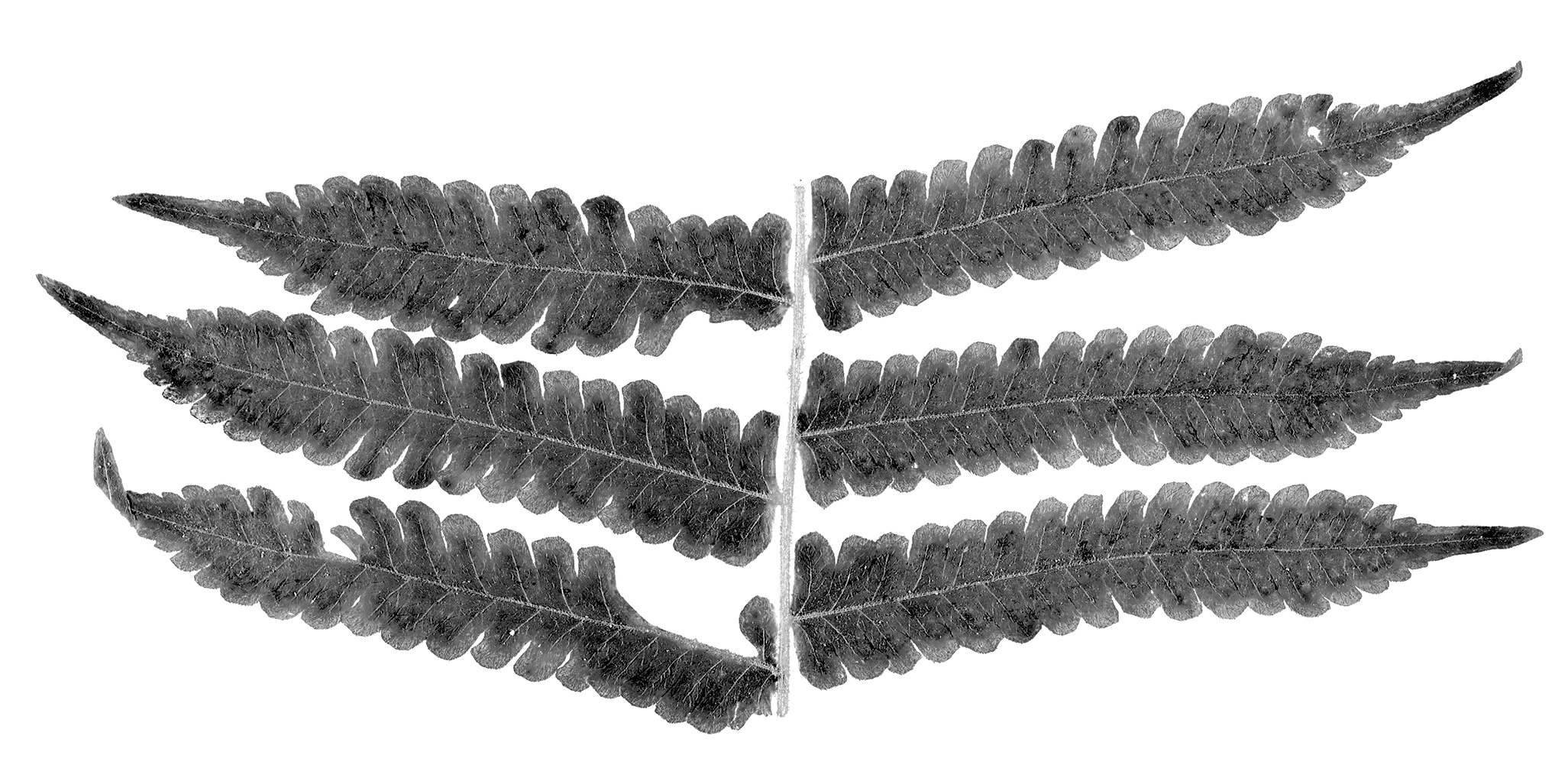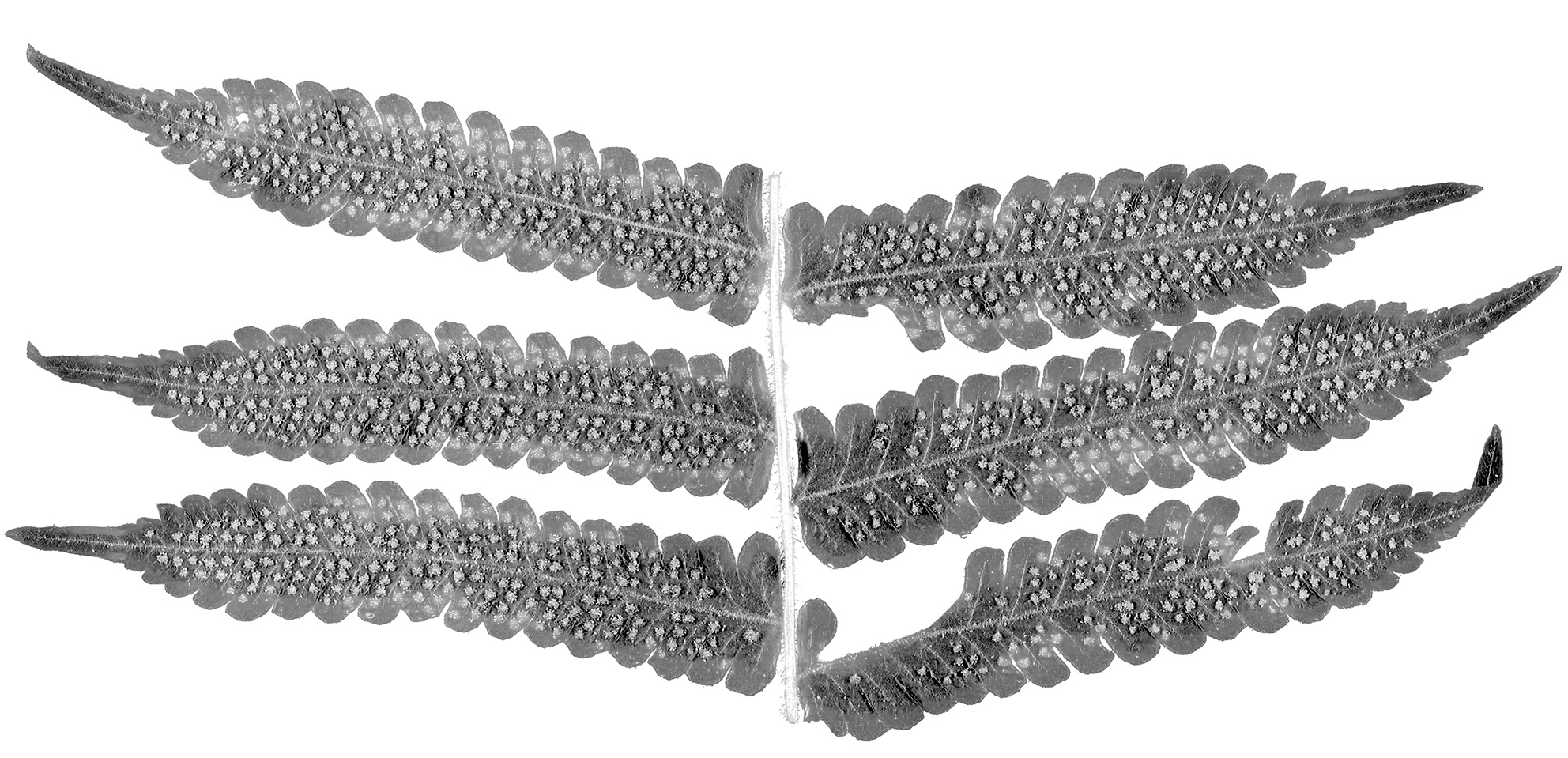From W. T. Thiselton-Dyer 29 January 1878
Royal Gardens Kew
Jany. 29. 1878
Dear Mr Darwin
I have not got to the end of all the points on which you are so good as to allow us to help you. But this will be a first contribution to their solution.
Sir Joseph Hooker will have shown you some specimens of Cyclamen which Prof. Oliver very kindly looked out from our Herbarium for your inspection.1 The point they illustrate is very curious though not perhaps so interesting to you as you hoped might be the case.
The plant called “sowbread” is Cyclamen Europæum (see Enclosure A).2 In all the species of the genus except C. persicum the peduncles after flowering coil spirally so as to bring down the capsule to the level of the soil.3 They behave like Vallisneria see plate in Botanic Garden.4 Grenier & Godron very exact people say (B) de manière à enfouir la capsule.5 But Miller and Clusius (A & C) describe the capsules and probably with accuracy as only lying (incumbent) on the ground.6
Mr Bentham remarked to me that he thought this was likely to be of advantage to the capsules in more gradually maturing their seeds and kindly pointed out to me some observations made by himself nearly fifty years ago in his Catalogue des Plantes indigènes des Pyrénées on Helianthemum procumbens which he believed to be a variety of H. Fumana
si la variété les (graines) conserve plus long temps, c’est probablement parce que les branches étant étendues sur la terre, les capsules séchent moins vite. p. 857
He thinks that this is the probable origin of amphicarpic habits—a hint which may be worth consideration.8 Perhaps the accompanying note on Lathyrus setifolius may be useful.9
As to Arachis—I notice in your last book you speak of the peduncles drawing down the pods which I imagine must be an oversight. There is a fine plate of the plant in the Flora Brasiliensis and I notice that though the habit of the plant is decumbent the buried pods are produced from the lower two inches of the main stem so that it ought to be a matter of indifference whether the plant is trained on sticks or not.10
Next with respect to the names.
i The plant with a rosette of leaves “spiral” of which if I remember rightly the second example was dead is correctly named Echeveria pulverulenta, Nutt. and is from California. Baker having reduced Echeveria to Cotyledon it now becomes Cotyledon pulverulenta, Baker. It so happened, however, that another plant existed in gardens with the name Cotyledon pulverulenta. This was sent you & had decussate “opposite” leaves, the successive pairs crossing It is a native of the Cape and the name being apparently only a garden name it is best described as an unnamed form near C. orbicularis. I enclose Mr Baker’s memorandum D11
ii. The plant of which you so kindly gave me fruits is Araujia sericofera, Brot. The plant well known in gardens as Physianthus albens, Mart. appears to be the same species.12
iii. The Cactus is probably a garden hybrid. A plant in our Cactus house called Phyllocactus multiflorus seems to be identical. That name, however, seems to rest on no authority and if you are on that account dissatisfied with it you might call your plant a garden variety (of which there are many) of Cereus speciosissimus.13
iv. The Acacia with long narrow leaves = A. iteaphylla, Müll. This is a name with a little doubt attaching to it and Mr Bentham refers it to A. neriifolia, A. Cunn.14 The other Acacia “like A. cultriformis is A. buxifolia A. Cunn.
Mr Spencer Le Marchant Moore was so good as to determine these names.
v. The two ferns have been named by Mr Baker and to avoid confusion I enclose fragments in envelopes E & F15
It is a curious point as showing that “bloom” cannot have a very deep significance—that Polypodium aureum in its most general form is a virescent and not a glaucous species.16 The form with bloom has been seized upon by horticulturists as the most ornamental
vi. The “Lycopodium” is perhaps Selaginella Kraussii—but in a barren state they are difficult to determine with certainty.17
Returning to Cyclamen. You will notice some of Gay’s sketches of the Germination on the sheets brought by Sir Jos: Hooker.18 Also it will interest you to notice how excellent and keen an observer Clusius was.
Trattinick in his Archiv.19
[text missing]
dichotomy in leaves is almost unknown in phanerogams. In some of the large compound-leaved Aroids however the ultimate divisions of the leaf have a distribution of veins like Saporta’s sketch and I send a fragment (enclosed) of a remarkable plant which we have from West Africa which, size apart, has some similarity to the sketch20
[text missing]
[Enclosure 1]
A
Cyclamen Europæum — sowbread with an ivy leaf
after the flowers are fallen, the footstalks twist up like a screw, inclosing the germen in the center, and lay down close to the surface of the ground between the leaves, which serve as a protection to the seed
Miller. Gardeners’ Dictionary 6th. Ed. 1771
[Enclosure 2]
B
C. Europaeum
pédoncule ... se roulant en spirale après la fécondation de manière à enfouir la capsule
Grenier & Godrons, Flore de France ii, 459
Cyclamen
Pédoncules roulés en spirale après l’anthèse (excepté dans le persicum)21
Grenier & Godron l.c.
[Enclosure 3]
C
Cyclamen europæum
ii (flores) marcescentes integri decidunt, capitulumque subsequitur, cum pediculo cui insidet in multas spiras se convolvens, donec terram attigerit, cui incumbens paulatim augescit, donec violæ martiæ seminarium vasculum magnitudine æquet, quod maturitate ab extremo mucrone aperitur, semenque ostendit in æquale, ex fusco fulvescens, quod terræ commissum, in germen non abit, sed in tuberculum aut radicalum convertitur, præter reliquorum seminum naturam, undea postea foliola promit.22
Clusius, Hist. i. 264
[Enclosure 4]
L. setifolius, L.
var amphicapos Gren. & Godron. Flore de Fr. 1. 491
Quelques gousses pliées sur elles-mêmes se développant à la base des tiges et s’enfoncant en terre23
[Enclosure 5]
D
This is not Cotyledon pulverulenta Baker, which is a native of California & belongs to § Echeveria but a Cape form, undescribed, near C. orbicularis, JGB
[Enclosure 6]
E
Nephrodium molle, Desv.24


CD annotations
Footnotes
(the flowers), withering, fall down complete, and the head follows closely, twining itself in many spirals with the pedicel on which it sits, until they reach the ground, lying on which it begins to grow little by little, until it equals in size the seminal vessel of the March violet, and in maturity opens from the pointed end, and displays a uniform seed, the colour changing from dusky brown to tawny, which, when planted in the earth, does not develop a shoot, but is changed into a little tubercle or root, except for the residual property of the seed, from which it later produces little leaves.
Clusius refers to the plant as ‘Cyclamen with a scented purple flower’.Bibliography
Bentham, George. 1826. Catalogue des plantes indigènés des Pyrènées et du Bas-Languedoc, avec des notes et observations sur les espèces nouvelles ou peu connues; précédé d’une notice sur un voyage botanique, fait dans les Pyrénées. Paris: Madame Huzard imprimeur-libraire.
Clusius, Carolus. 1601. Rariorum plantarum historia. Antwerp: Johannes Moretus.
Correspondence: The correspondence of Charles Darwin. Edited by Frederick Burkhardt et al. 29 vols to date. Cambridge: Cambridge University Press. 1985–.
Darwin, Erasmus. 1789–91. The botanic garden; a poem, in two parts. Pt 1. The economy of vegetation. London: J. Johnson. 1791. Pt 2. The loves of the plants. With philosophical notes. Lichfield: J. Jackson. 1789.
Forms of flowers: The different forms of flowers on plants of the same species. By Charles Darwin. London: John Murray. 1877.
Miller, Philip. 1771. The abridgement of the Gardeners dictionary; containing the best and newest methods of cultivating and improving the kitchen, fruit, flower garden, and nursery; as also for performing the practical parts of husbandry: together with the management of vineyards, and the methods of making wine in England. 6th edition (abridged). London: the author.
Movement in plants: The power of movement in plants. By Charles Darwin. Assisted by Francis Darwin. London: John Murray. 1880.
OED: The Oxford English dictionary. Being a corrected re-issue with an introduction, supplement and bibliography of a new English dictionary. Edited by James A. H. Murray, et al. 12 vols. and supplement. Oxford: Clarendon Press. 1970. A supplement to the Oxford English dictionary. 4 vols. Edited by R. W. Burchfield. Oxford: Clarendon Press. 1972–86. The Oxford English dictionary. 2d edition. 20 vols. Prepared by J. A. Simpson and E. S. C. Weiner. Oxford: Clarendon Press. 1989. Oxford English dictionary additional series. 3 vols. Edited by John Simpson et al. Oxford: Clarendon Press. 1993–7.
Refugium botanicum: Refugium botanicum; or, figures and descriptions from living specimens, of little known or new plants of botanical interest. Edited by William Wilson Saunders, descriptions by Heinrich Gustav Reichenbach and John Gilbert Baker. 5 vols. London: John Van Voorst. 1868–79.
Trattinnick, Leopold. 1812–18. Archiv der Gewächskunde. 2 vols. Vienna: the author.
Summary
Information on Cyclamen and other plants.
Identification of some plants.
"Bloom".
Letter details
- Letter no.
- DCP-LETT-11339
- From
- William Turner Thiselton-Dyer
- To
- Charles Robert Darwin
- Sent from
- Kew
- Source of text
- DAR 133.19: 10, 11, DAR 178: 102, DAR 209.4: 433–4, DAR 209.11: 258, 259, DAR 209.12: 88, Petit and Théodoridès 1959, pp. 210–11
- Physical description
- inc †
Please cite as
Darwin Correspondence Project, “Letter no. 11339,” accessed on 18 April 2024, https://www.darwinproject.ac.uk/letter/?docId=letters/DCP-LETT-11339.xml


